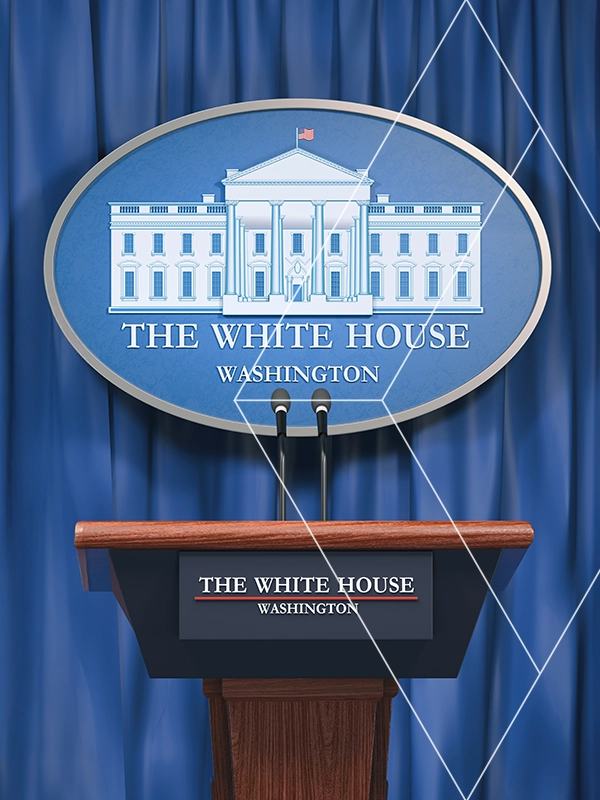As headlines once again warn of an impending government shutdown, investors understandably question what such an event may mean for their portfolios. The possibility of federal agencies closing their doors, furloughed workers, and political gridlock in Washington creates a heightened sense of uncertainty. However, when it comes to long-term investing, it is important to separate the political theater from the underlying market fundamentals.
A Historical Perspective
Government shutdowns are not new. Since 1976, there have been numerous funding gaps that led to partial or full shutdowns, ranging from a few hours to several weeks. Despite the headlines, markets have generally weathered these events with limited long-term impact.
The most recent extended shutdown in late 2018 through early 2019 is instructive. Lasting 35 days, it was the longest in history. During that period, the S&P 500 rose by more than 10 percent, as market forces were far more influenced by Federal Reserve policy and trade negotiations than by the shutdown itself.
Short-Term Disruptions vs. Long-Term Trends
A shutdown can certainly create temporary disruptions. Government workers may miss paychecks, economic data releases may be delayed, and certain agencies such as the SEC or IRS may operate at reduced capacity. This can introduce short-term inefficiencies in the flow of information and services.
Yet, the broader U.S. economy does not simply grind to a halt. Essential functions continue, and private enterprise remains the primary driver of economic output. Investors should recognize that the market typically looks past these interruptions once political negotiations resolve and funding resumes.
Political Implications and Market Psychology
A shutdown is rarely about fiscal prudence alone. It is often about political brinkmanship. Both parties tend to use shutdown threats as leverage in broader budgetary or policy battles. While the media often highlights the drama, markets tend to view shutdowns as political noise rather than systemic risk.
That said, prolonged dysfunction in Washington can contribute to diminished consumer and business confidence. Markets are resilient, but confidence is a powerful intangible. If political gridlock becomes a recurring norm, investors may begin to demand a greater risk premium, particularly in the bond market.
The Bigger Forces at Work
For long-term investors, the forces that truly shape portfolios are interest rates, inflation, corporate earnings, demographic trends, and innovation. A temporary government shutdown is not on the same scale as these enduring drivers. While markets may fluctuate around the headlines, the underlying path of portfolios is more directly tied to the Federal Reserve’s monetary policy, tax policy stability, and global economic dynamics.
Investor Checklist: Questions to Ask Your Advisor During a Government Shutdown
- Portfolio Positioning: Is my current asset allocation still aligned with my long-term goals despite the short-term political noise?
- Opportunistic Investing: Should volatility caused by a shutdown create opportunities to add to positions at more attractive valuations?
- Cash Flow Planning: Could a delay in government payments, such as Social Security or tax refunds, affect my short-term liquidity needs?
- Fixed Income Exposure: How might bond markets respond if investors begin demanding a greater risk premium due to Washington gridlock?
- Policy Sensitivity: Are any of my holdings particularly dependent on federal contracts or government approvals (e.g., defense, healthcare, or regulated industries)?
- Contingency Preparedness: How should I prepare if the shutdown becomes prolonged and market sentiment weakens?
- Long-Term Strategy: How do we ensure that temporary political events do not derail the disciplined financial plan we have in place?
Conclusion
Government shutdowns capture attention and dominate the news cycle, but their lasting impact on investor portfolios has historically been limited. The greater risk often comes not from the shutdown itself, but from the temptation to make emotional, short-term decisions. By keeping sight of long-term objectives, investors can navigate this period with confidence, recognizing that political theater rarely rewrites the core principles of successful investing.
For deeper insights into navigating market uncertainty, please visit our Insights page to explore articles, commentary, and resources designed to keep you informed.
Sources

